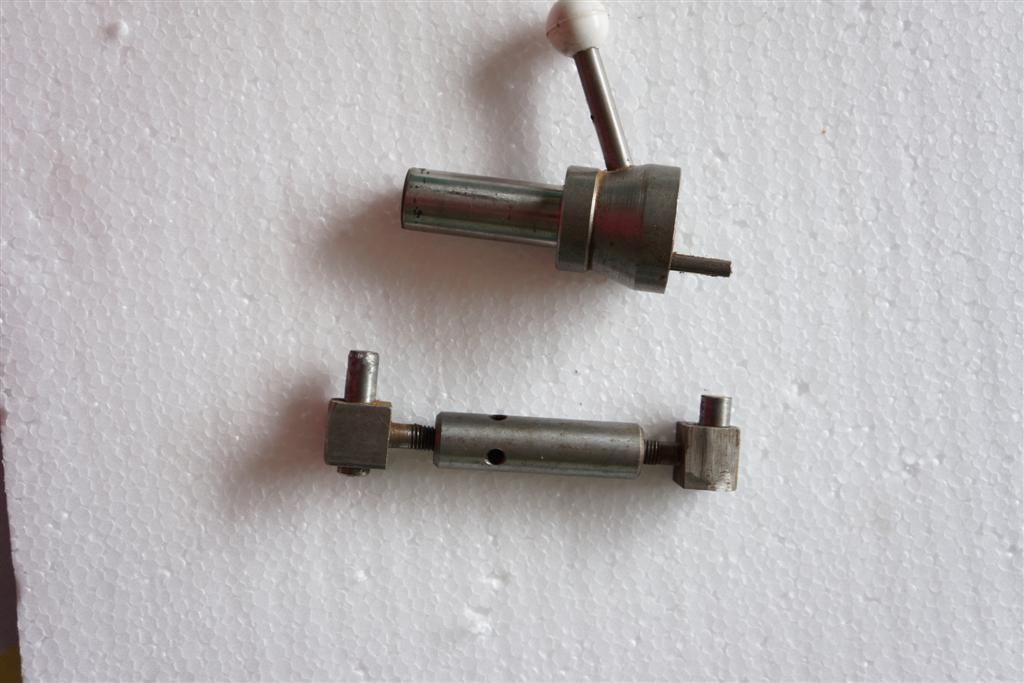graduate_owner
Established Member
Hi everyone,
I’ve just bought a Graduate bowl lathe to go with my old Myford ML8. I’ve been scanning through the forum entries here and have found comments such as ‘The lever to tilt the motor has an adjuster on the tilting mech, it is a long thin hexagon shaped bolt’
There doesn’t seem to be any such mechanism on my lathe. There is, however, a small (about 3” long) spindle with a red knob on the side located inside the motor housing area, but it doesn’t seem to do anything and can be slid out easily.
Can any readers advise on these issues.
Also I’ve seen graduate bowl lathes with drilled holes where a right hand (inboard) bed could be fitted – but no bed. Mine has no holes. Are graduates normally left undrilled?
Any info would be gratefully received, as would any info on graduate parts for sale – especially chucks or thread adaptors to enable me to use my Myford chucks on the graduate.
Thanks
I’ve just bought a Graduate bowl lathe to go with my old Myford ML8. I’ve been scanning through the forum entries here and have found comments such as ‘The lever to tilt the motor has an adjuster on the tilting mech, it is a long thin hexagon shaped bolt’
There doesn’t seem to be any such mechanism on my lathe. There is, however, a small (about 3” long) spindle with a red knob on the side located inside the motor housing area, but it doesn’t seem to do anything and can be slid out easily.
Can any readers advise on these issues.
Also I’ve seen graduate bowl lathes with drilled holes where a right hand (inboard) bed could be fitted – but no bed. Mine has no holes. Are graduates normally left undrilled?
Any info would be gratefully received, as would any info on graduate parts for sale – especially chucks or thread adaptors to enable me to use my Myford chucks on the graduate.
Thanks

































